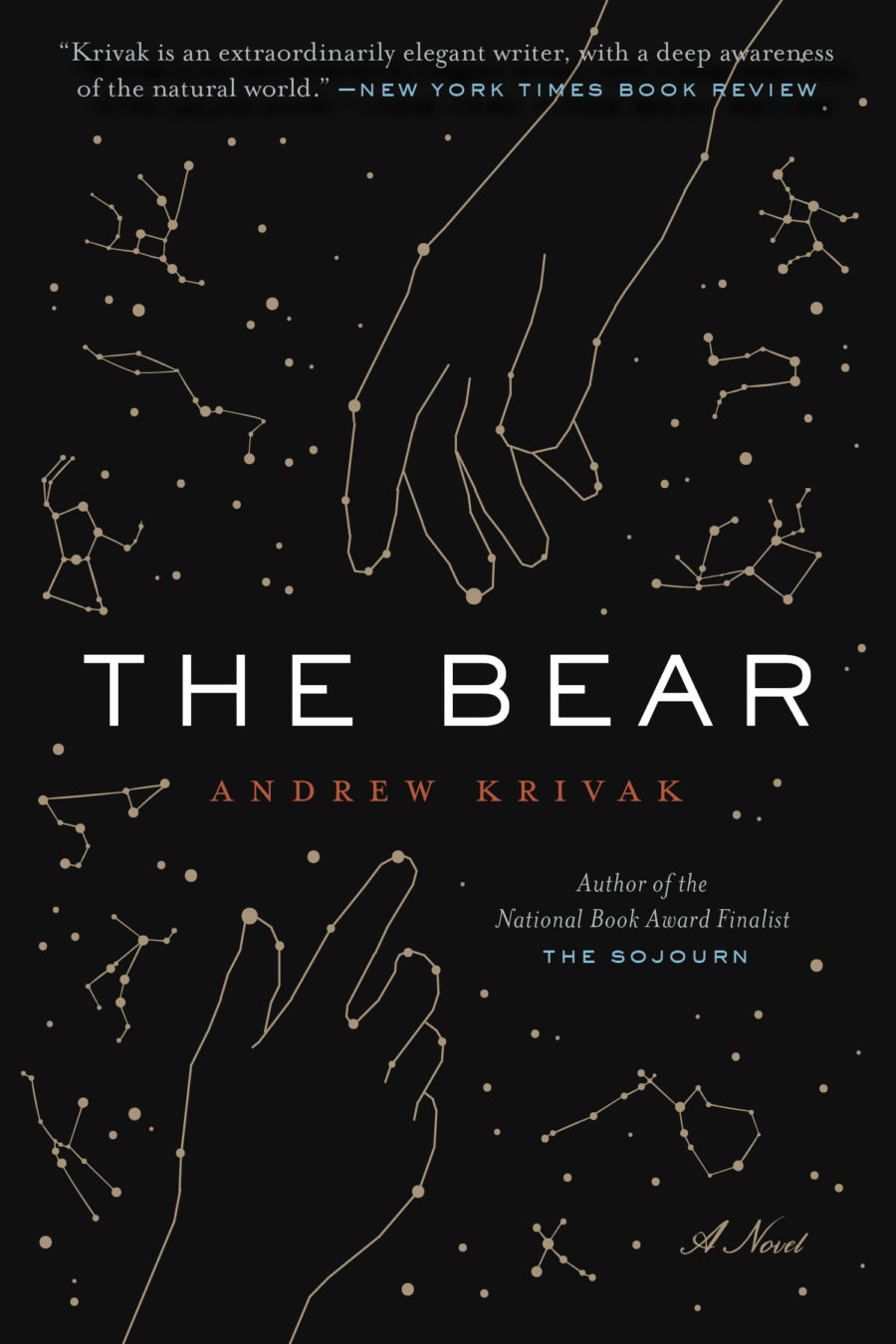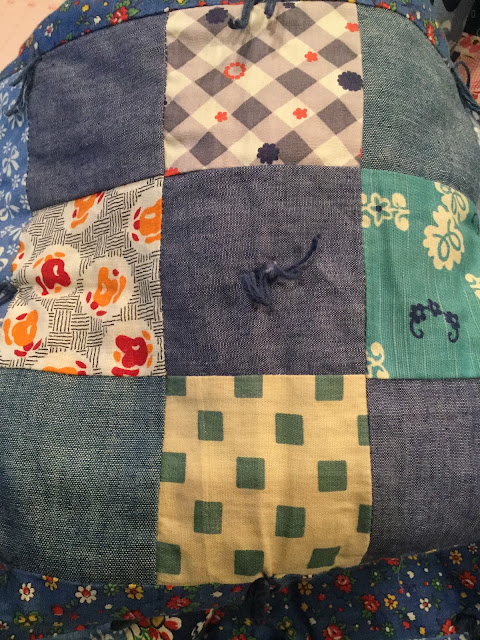Erin Brockovich warns us that we the people are the only ones who can save us. Grass roots efforts by moms have stood up to power to save their children. Lois Gibbs, the Love Canal mom, and Leeann Walters of Flint, Michigan are two of the most recognized citizens who have stood up to power in defence of families. For change to happen, more ordinary people need to become involved.
Superman's Not Coming describes the problem of providing clean water under a dysfunctional EPA and climate change. Brockovich offers resources to empower Water Warrior wannabes.
I have spent a good deal of my life a few hours drive (or less) from one of the Great Lakes, the largest freshwater source in the world. I grew up boating on the Niagara River, and later vacationed at Lake Michigan, Lake Superior, and Lake Huron.
I also remember in the 1970s seeing yellow foam at the base of Niagara Falls. I remember algae blooms poisoning Toledo's water, Love Canal, and the Flint Water Crisis. I have lived near lakes made toxic by industrial waste. My state is dealing with PFAS contamination.
Across the country, Americans--today--discover their water isn't safe to drink. And they endure limits on water use because it is in short supply.
It's only going to get worse as temperatures rise.
Brockovich presents her information and argument with passion. The book is upsetting but it is also empowering. If we have the will, we can create change. It starts with people like us.
I received a free ebook from the publisher through NetGalley in exchange for a fair and unbiased review.
from the publisher
From environmental activist, consumer advocate, renowned crusader, champion fighter-maverick, whose courageous case against Pacific Gas and Electric was dramatized in the Oscar-winning film--a book to inspire change that looks at our present situation with water and reveals the imminent threats to our most precious, essential element, and shows us how we can each take action to make changes in our cities, our towns, our villages, before it is too late.
In Erin Brockovich's long-awaited book--her first to reckon with conditions on our planet--she makes clear why we are in the trouble we're in, and how, in large and practical ways, we each can take actions to bring about change.
She shows us what's at stake, and writes of the fraudulent science that disguises these issues, along with cancer clusters not being reported. She writes of the saga of PG&E that continues to this day, and of the communities and people she has worked with who have helped to make an impact. She writes of the water operator in Poughkeepsie, New York, who responded to his customers' concerns and changed his system to create some of the safest water in the country; of the moms in Hannibal, Missouri, who became the first citizens in the nation to file an ordinance prohibiting the use of ammonia in their public drinking water; and about how we can protect our right to clean water by fighting for better enforcement of the laws, new legislation, and better regulations. She cannot fight all battles for all people and gives us the tools to take actions ourselves, have our voices be heard, and know that steps are being taken to make sure our water is safe to drink and use.Superman's Not Coming: Our National Water Crisis and What We the People Can Do About It
by Erin Brockovich
Pantheon/Knopf Doubleday Publishing Group
Pub Date: August 25, 2020
ISBN: 9781524746964
hardcover $28.95 (USD)



























